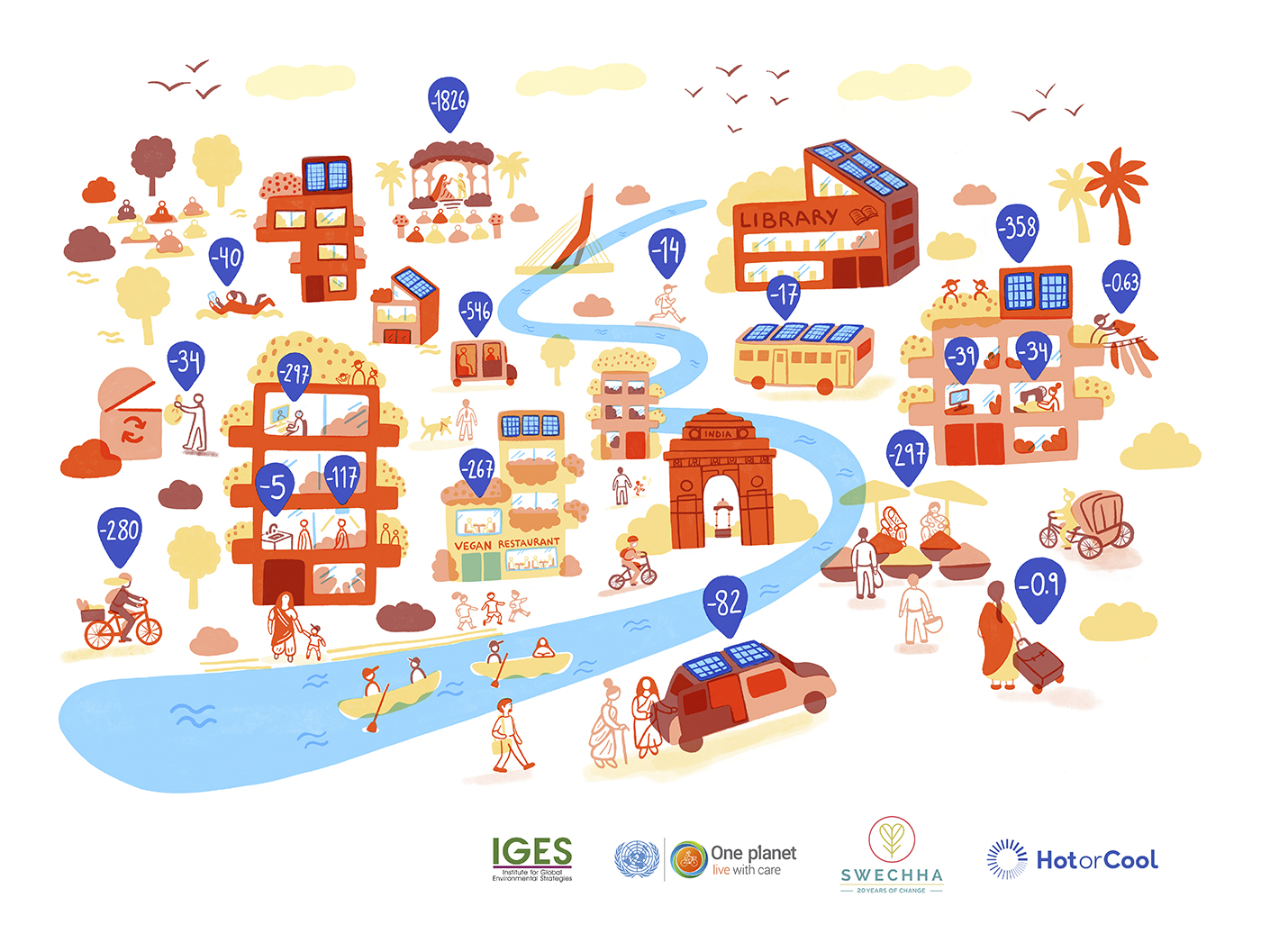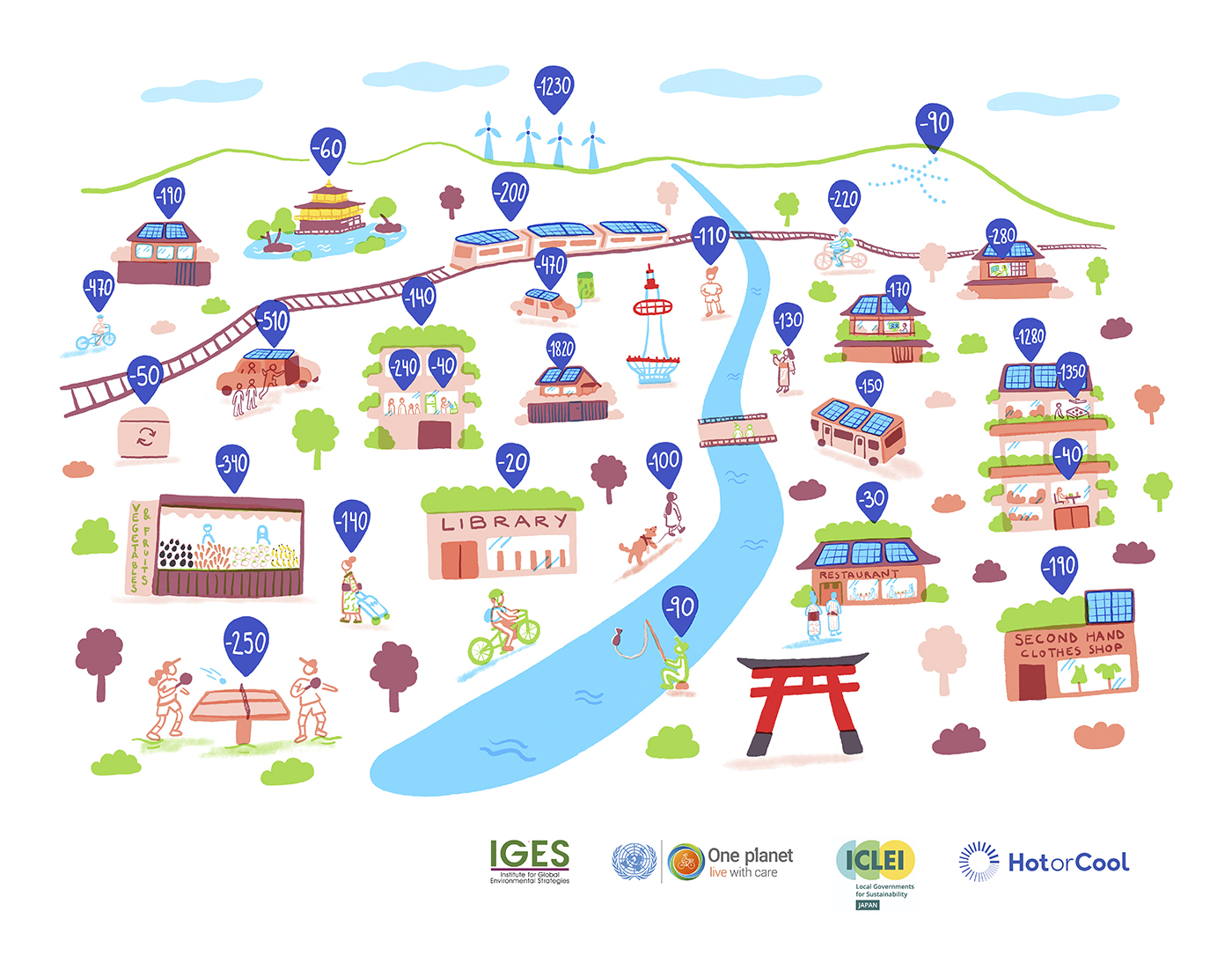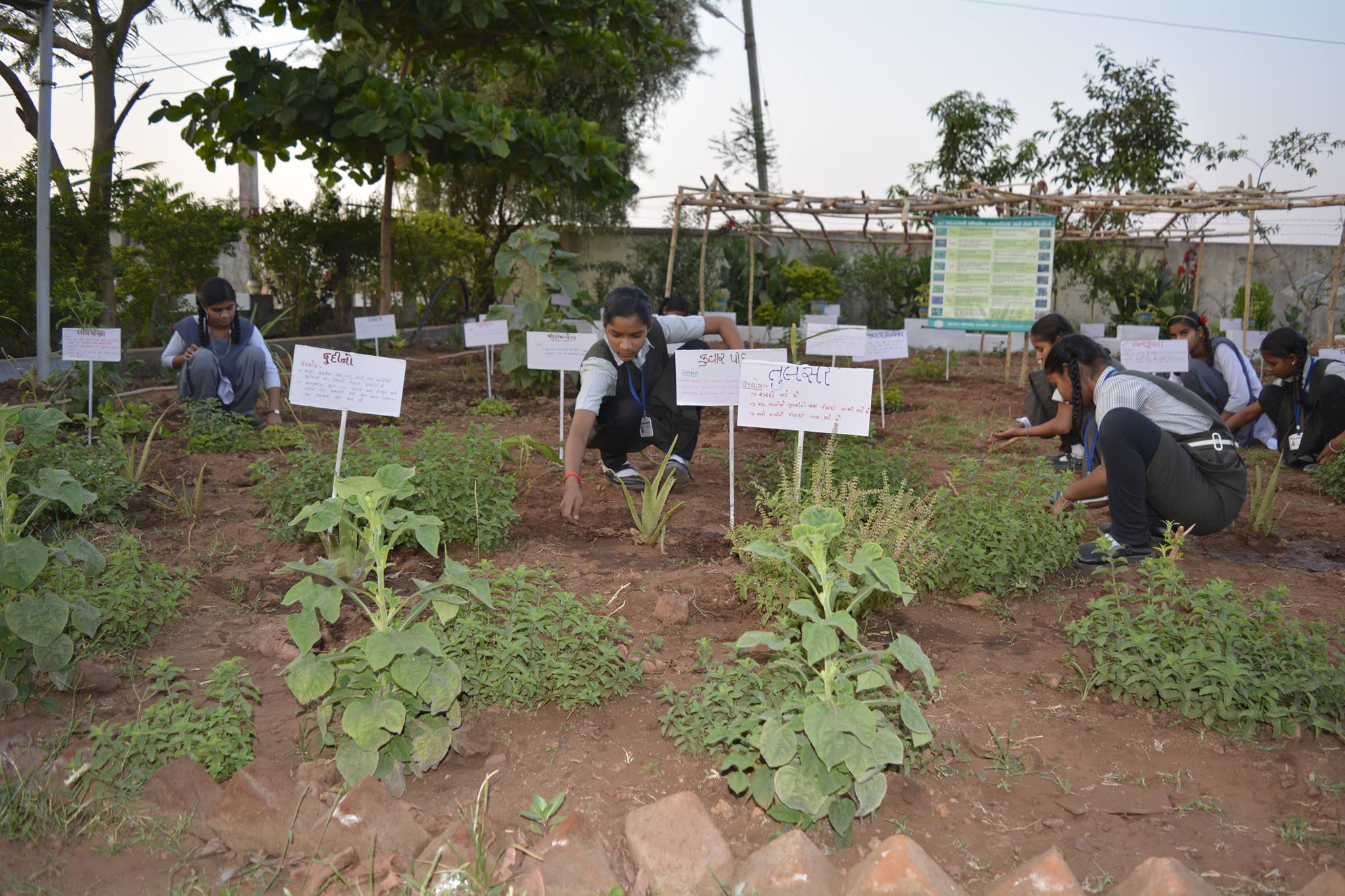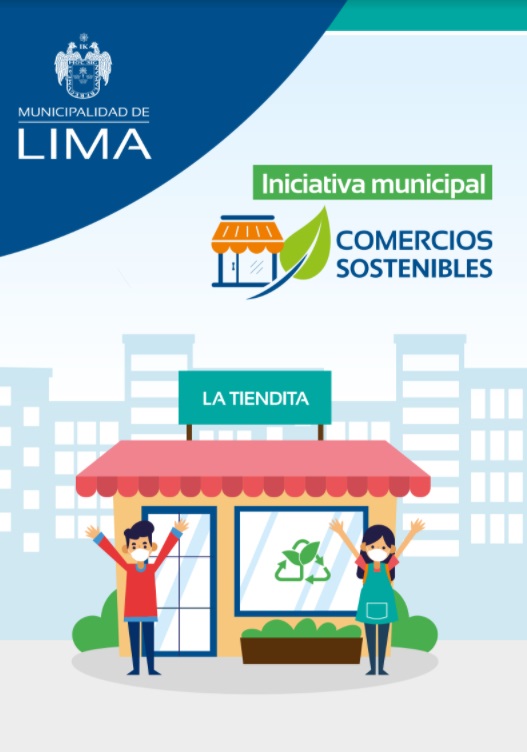Envisioning Future Low-Carbon Lifestyles and Transitioning Instruments: Nonthaburi, Thailand
The Nonthaburi Province is a metropolitan area adjacent to Bangkok and has the second highest population density in the country after the capital. Most part of the province is urbanized and similar to other cities around the world, the increasing population, the increasing demand for residential space and urban infrastructures, as well as changing consumption patterns are exposing Nonthaburi and its citizens to growing environmental threats.
From recent calculations, Nonthaburi households emits on average 3.15 ton CO2e per capita per year and in order to achieve the 1.5-degree target of the Paris Agreement, the households in the province needs to reduce its footprint by 650 kg tCO2e per capita per year. The largest contributor to the average lifestyle carbon footprint in Nonthaburi is food, followed by leisure, mobility, consumer goods, services, and housing. Through participation and community engagement the Nonthaburi citizens envision a modern and prosperous city where low-carbon lifestyle is common practice.
The Science is uncomfortably clear. The Paris Agreement proclaimed that we must “limit global warming to well below 2, preferably to 1.5 degrees Celsius…” (UNFCCC, 2015) in order to mitigate unprecedented impacts of climate change such as further biodiversity loss and the deterioration of public health. Many of us feel an urgent need to combat climate change and its impacts.
196 countries agreed to the Paris Agreement. It is understood that to limit global warming to 1.5 degrees Celsius, we must change our way of living. We simply cannot continue on our current path of consumption. Reaching this goal requires social and economic transformation.
Nevertheless, the urgency of transitioning towards more sustainable lifestyles is often underestimated. Everyday living needs to be transformed at the size, scale and urgency required because the decisions we make to meet our daily needs for food, housing, mobility and leisure greatly impact the planet and the people around us. Prioritizing what we can all do can generate the momentum for change we need! In addition, our individual behavior changes must be accompanied by broader systemic and structural changes, including new institutions and infrastructures that embody the ethos of sustainability.
At this point you might ask yourself how we can actually achieve social change. We believe that a first step towards making sustainable lifestyles the social norm is to share the experiences of citizens who already tried to make 1.5 degree living a reality. So, we better understand which lifestyle changes are realistic, possible and even improve our own wellbeing. On the other hand, we can learn from the challenges and difficulties that are connected to lifestyle changes and at the same time identify the supporting measures that governments and cities need to put in place to speed up the process to a more sustainable future.
What emerges from the project is a mosaic of community-generated future lifestyle visions and experiences of households living with the low-carbon options complemented with scientific findings that show the emissions reduction potential in the areas of housing, mobility, nutrition, consumer goods & services, and leisure.
External source(s)





